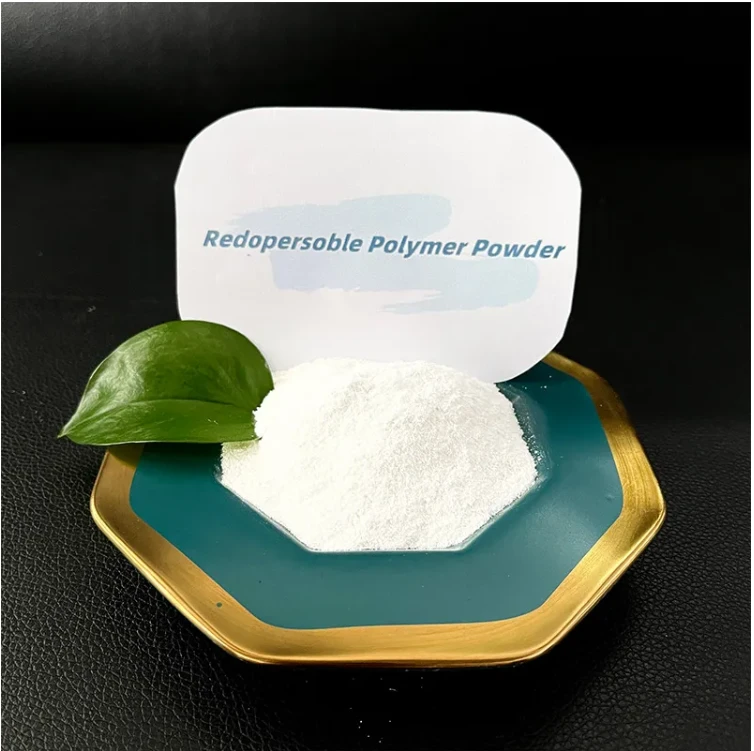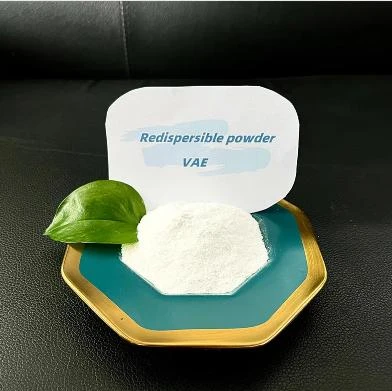
-

Add: HeBei ShengShi HongBang Cellulose Technology CO.,LTD.
-

Email
13180486930@163.com -

CONTACT US
+86 13180486930

gypsum plaster retarder
Januari . 30, 2025 02:37
Back to list
gypsum plaster retarder
Retarders in gypsum products play a crucial role in the construction industry, offering benefits that extend beyond simple setting time adjustments. As a professional in the building materials sector, understanding the intricate balance of gypsum additives can greatly enhance product quality and application performance.
Furthermore, the compatibility of retarders with other additives is a key consideration in gypsum product formulation. Retarders should function without adverse reactions with accelerators or reinforcing fibers, ensuring that the composite material performance is optimized. This requires thorough testing and expert knowledge in chemical interactions within gypsum matrices. Research and development in this field are ongoing, with the aim of discovering novel retarders that offer enhanced performance and sustainability. Innovations such as bio-based retarders derived from agricultural waste are garnering attention for their dual benefits of waste utilization and eco-friendly profiles. Authorities within the gypsum industry, such as professional organizations and research institutions, continue to provide guidance and standardization on the use of retarders in gypsum products. These experts underline the importance of not only selecting the right type of retarder but also maintaining precise control over the quantity used to secure the desired balance of workability and final strength. From a purchasing perspective, professionals are advised to collaborate closely with suppliers offering comprehensive data sheets and technical support for their gypsum retarders. This collaboration ensures that the complexities of product formulation are navigated effectively, resulting in top-tier products that stand up to the demands of modern construction. In conclusion, the strategic use of retarders in gypsum products is a dynamic element of material formulation that demands a solid foundation of expert knowledge and practical experience. The right retarder can transform the application properties of gypsum, offering extended workability and improved performance without sacrificing strength or environmental standards. As such, industry professionals must continue to stay informed on advances in retarder technology to leverage their full potential for building excellence.


Furthermore, the compatibility of retarders with other additives is a key consideration in gypsum product formulation. Retarders should function without adverse reactions with accelerators or reinforcing fibers, ensuring that the composite material performance is optimized. This requires thorough testing and expert knowledge in chemical interactions within gypsum matrices. Research and development in this field are ongoing, with the aim of discovering novel retarders that offer enhanced performance and sustainability. Innovations such as bio-based retarders derived from agricultural waste are garnering attention for their dual benefits of waste utilization and eco-friendly profiles. Authorities within the gypsum industry, such as professional organizations and research institutions, continue to provide guidance and standardization on the use of retarders in gypsum products. These experts underline the importance of not only selecting the right type of retarder but also maintaining precise control over the quantity used to secure the desired balance of workability and final strength. From a purchasing perspective, professionals are advised to collaborate closely with suppliers offering comprehensive data sheets and technical support for their gypsum retarders. This collaboration ensures that the complexities of product formulation are navigated effectively, resulting in top-tier products that stand up to the demands of modern construction. In conclusion, the strategic use of retarders in gypsum products is a dynamic element of material formulation that demands a solid foundation of expert knowledge and practical experience. The right retarder can transform the application properties of gypsum, offering extended workability and improved performance without sacrificing strength or environmental standards. As such, industry professionals must continue to stay informed on advances in retarder technology to leverage their full potential for building excellence.
Prev:
Next:
Latest News
-
Ethyl Cellulose Powder as a Pharmaceutical BinderNewsJul.10,2025
-
Blending Fibre Natural and Synthetic for PerformanceNewsJul.10,2025
-
Starch Ether For Construction: The Advanced Mortar Additive RevolutionNewsJul.10,2025
-
MHEC Cellulose in Cement-Based Renders and PlastersNewsJul.10,2025
-
Micronized Rubber Powder Dispersion TechniquesNewsJul.10,2025
-
Impact of Cream of Tartar Plaster Retarder on Final StrengthNewsJul.10,2025
-
Rubber Powder Durability in ConstructionNewsJun.26,2025











